(Please note: This post does not give an exact answer to the question.)
It is comparable to the amount of stars in the sky. Especially if you think that 95% of the world’s oceans are unexplored.
That is why in 2000 a huge census of what lives in the ocean started. The Census of Marine Life brings together more than 2,000 scientists from 82 countries try to answer the question. Every so often a report card of their progress is unveiled to the public – and the latest one was this month. It is great – they are always finding new wacky stuff.
Currently, there are about 230,000 known marine creatures that have gone through the process of becoming legitimately described as “unique”. Since 2003 the Census of Marine Life has discovered more than 5,000 new living creatures – But, 111 have been processed as new and unique creatures! The scientists are making remarkable progress.
Here is a brief list of some of the new wacky stuff they have found:
- An octopi that lives in the deep-sea – unusual since lacks an ink sack like other octopi – you don’t need to ink in the dark, right?
- Sea stars and sea spiders larger than a bread box.
- A completely blind lobster species with very unique antennae used for feeling.
- A brand new orange and black stripped shrimp that lives off the coast of Africa.
This is a link to the most recent progress report – 24 pages – great pictures!
Click to access coml_highlightsReport08-sm.pdf
Do you have another great question? Check out www.beachchairscientist.com and let us know what you always ponder while digging your toes in the sand!
 I am a volunteer for the Illinois Ocean Coalition. This is a new position for me – as my family and I recently relocated from the Washington, D.C. area to the Chicagoland area. One question I get a lot now is “You know there isn’t an ocean in Illinois, right?” As a biology and earth science teacher, I am very much aware of this. But, my role is to lead an Illinois chapter of the Inland Ocean Coalition. The Inland Ocean Coalition is based in Boulder, CO and acts as the parent organization for local Ocean Coalition chapters all around the country. Each chapter works to engage citizens in land-to-sea stewardship projects because the ocean is vital for all our lives, no matter where we live – even inland in Illinois.
I am a volunteer for the Illinois Ocean Coalition. This is a new position for me – as my family and I recently relocated from the Washington, D.C. area to the Chicagoland area. One question I get a lot now is “You know there isn’t an ocean in Illinois, right?” As a biology and earth science teacher, I am very much aware of this. But, my role is to lead an Illinois chapter of the Inland Ocean Coalition. The Inland Ocean Coalition is based in Boulder, CO and acts as the parent organization for local Ocean Coalition chapters all around the country. Each chapter works to engage citizens in land-to-sea stewardship projects because the ocean is vital for all our lives, no matter where we live – even inland in Illinois.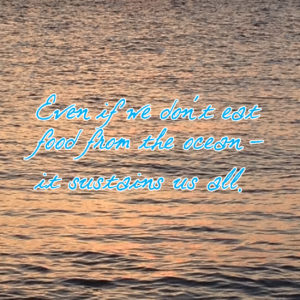
 The ocean is responsible for so much greatness on the planet because it is such a great part of our planet. You might remember from high school physics that energy is neither created nor destroyed — in a closed system. Earth – as a whole – is a “closed system”. The earth as a closed system only allows energy (i.e., from the sun) across boundaries. The ocean, on the other hand, is an “open system”. Open systems allow energy and mass to pass across boundaries (e.g., where do you think the salt comes from? The erosion of rocks brings salt and is an example of this “open system” mechanism). Anything we do in our daily lives affects the ocean and creates a less habitable and tolerable “closed system” of earth.
The ocean is responsible for so much greatness on the planet because it is such a great part of our planet. You might remember from high school physics that energy is neither created nor destroyed — in a closed system. Earth – as a whole – is a “closed system”. The earth as a closed system only allows energy (i.e., from the sun) across boundaries. The ocean, on the other hand, is an “open system”. Open systems allow energy and mass to pass across boundaries (e.g., where do you think the salt comes from? The erosion of rocks brings salt and is an example of this “open system” mechanism). Anything we do in our daily lives affects the ocean and creates a less habitable and tolerable “closed system” of earth.
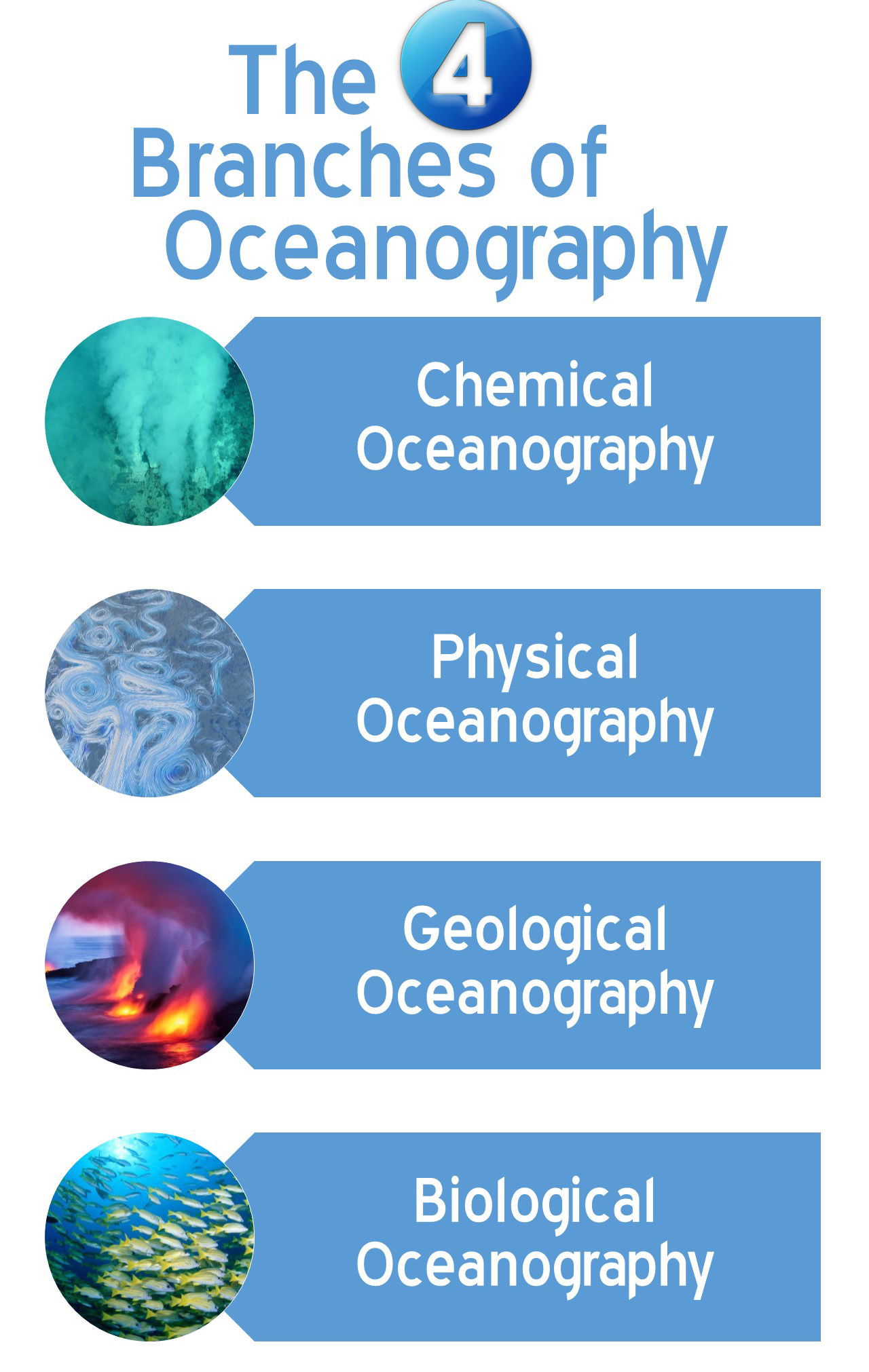

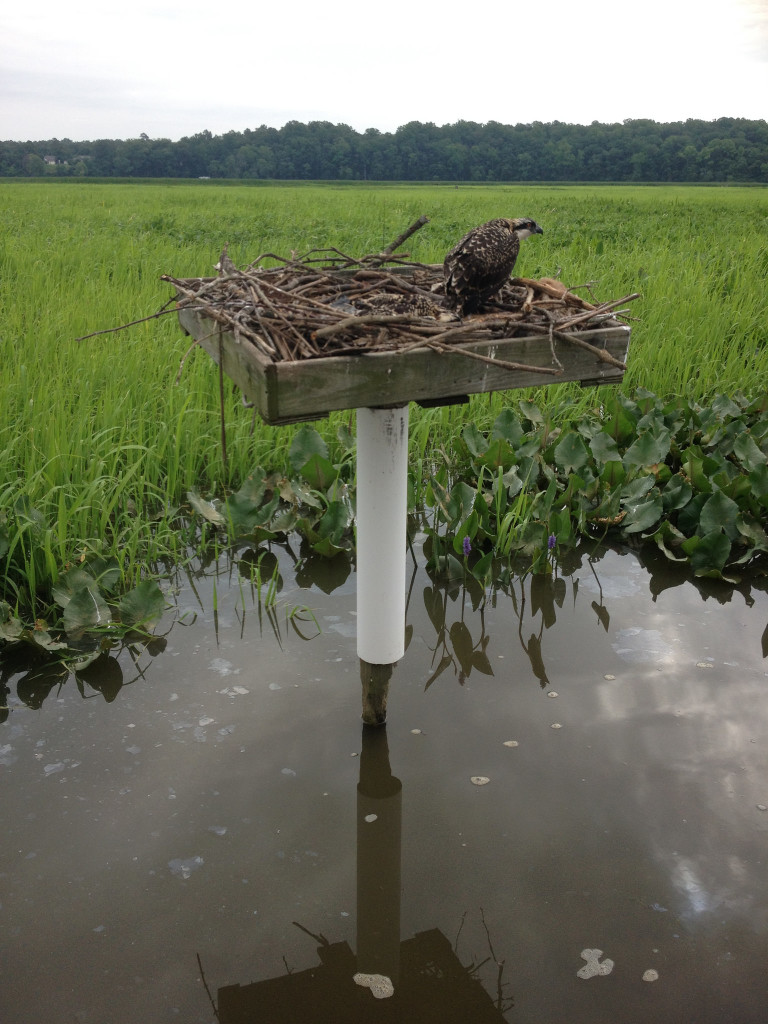
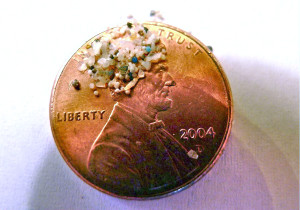
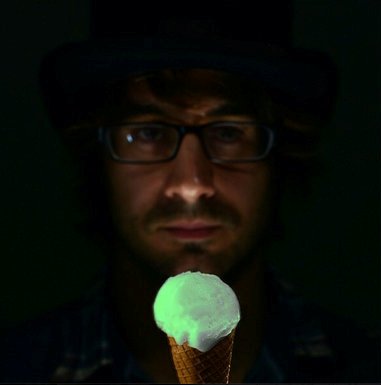
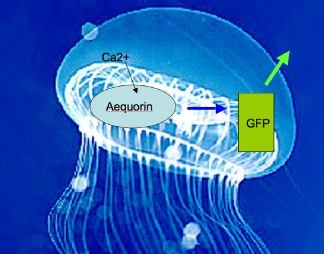
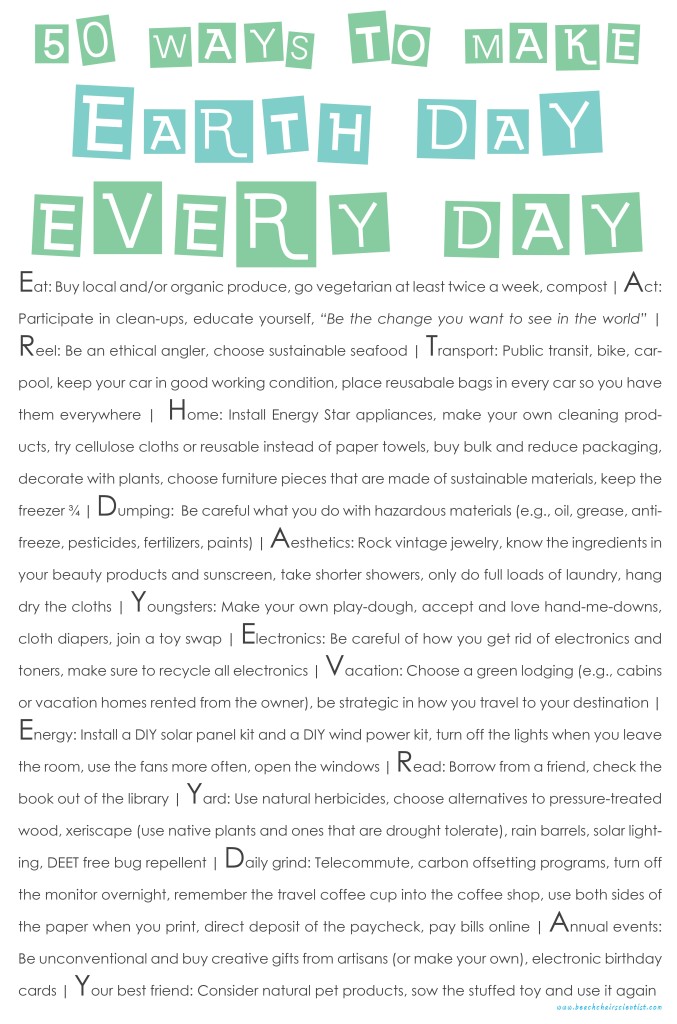









What people are saying …